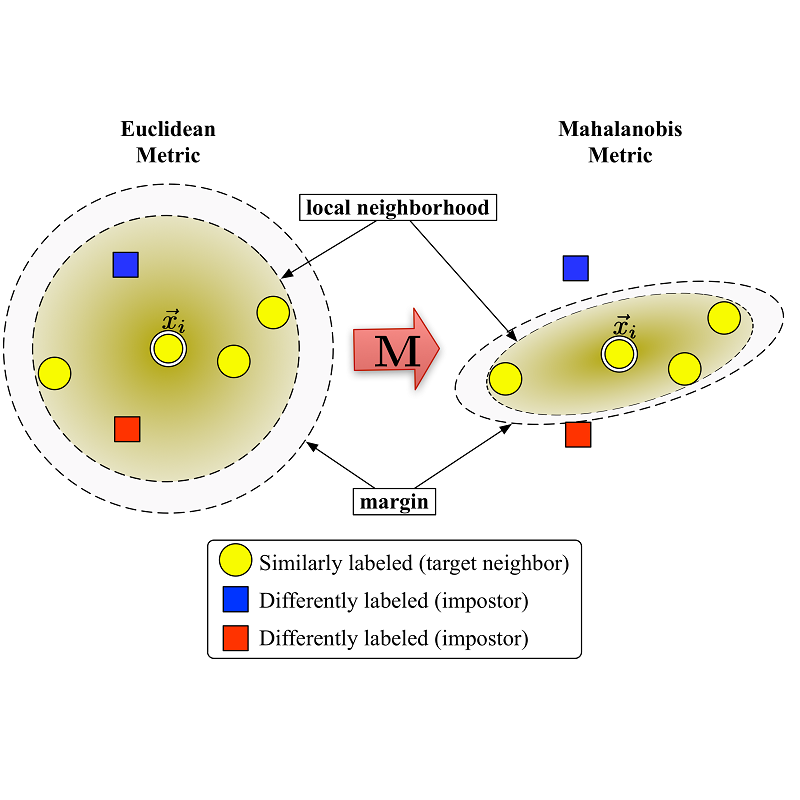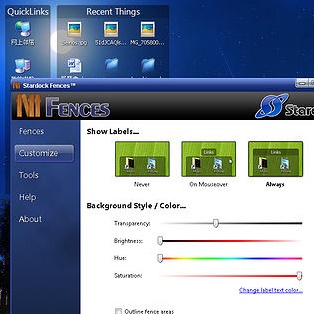Direct physical interaction with robots is becoming increasingly important in flexible production scenarios, but robots without protective fences also pose a greater risk to the operator. In order to keep the risk potential low, relatively simple measures are prescribed for operation, such as stopping the robot if there is physical contact or if a safety distance is violated. Although human injuries can be largely avoided in this way, all such solutions have in common that real cooperation between humans and robots is hardly possible and therefore the advantages of working with such systems cannot develop its full potential. In human-robot collaboration scenarios, more sophisticated solutions are required that make it possible to adapt the robot's behavior to the operator and/or the current situation. Most importantly, during free robot movement, physical contact must be allowed for meaningful interaction and not recognized as a collision. However, here lies a key challenge for future systems: detecting human contact by using robot proprioception and machine learning algorithms. This work uses the Deep Metric Learning (DML) approach to distinguish between non-contact robot movement, intentional contact aimed at physical human-robot interaction, and collision situations. The achieved results are promising and show show that DML achieves 98.6\% accuracy, which is 4\% higher than the existing standards (i.e. a deep learning network trained without DML). It also indicates a promising generalization capability for easy portability to other robots (target robots) by detecting contact (distinguishing between contactless and intentional or accidental contact) without having to retrain the model with target robot data.
翻译:与机器人的直接物理互动在灵活生产情景中变得越来越重要,但没有防护栅栏的机器人也给操作者带来更大的风险。为了保持风险的潜在较低,为操作规定了相对简单的措施,例如,如果实际接触或安全距离被破坏,则可以阻止机器人。虽然可以在很大程度上避免人身伤害,但所有这些解决办法的共同点是,人类和机器人之间的真正合作几乎不可能,因此,与这些系统合作的优势无法充分开发其潜力。在人类机器人合作情景中,需要更复杂的解决方案,使机器人的行为适应操作者和/或当前情况的目标。最重要的是,在自由机器人移动期间,必须允许进行实际接触,以便进行有意义的互动,而不是被确认为碰撞。然而,这里是未来系统面临的一个关键挑战:使用机器人的透视和机器学习算法来探测人类接触。这项工作使用深米氏学习(DML)方法来区分非接触机器人运动、以人体机器人不易接触为目的的故意接触以及碰撞情况。在不易操作和不易操作的情况下,所实现的结果是很有希望的,并且显示DL(DL)数据在不易探测能力方面达到一般的精确性(DL) 和一般的接触能力,也表明,它具有较容易地(DMDL) 学习了一种较容易的) 的网络。




